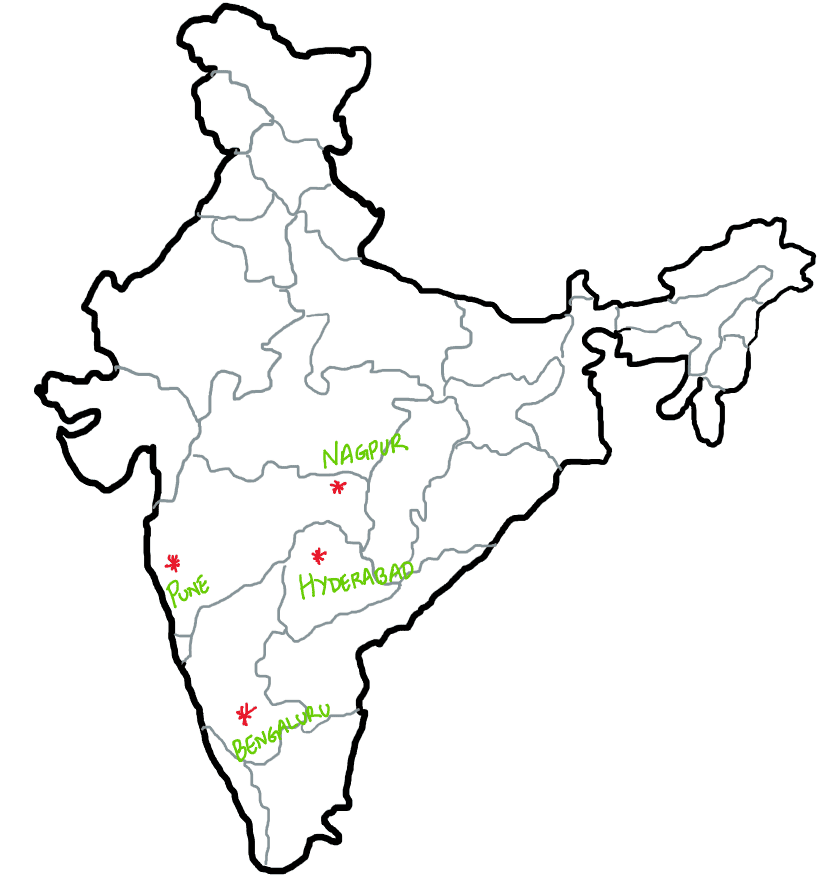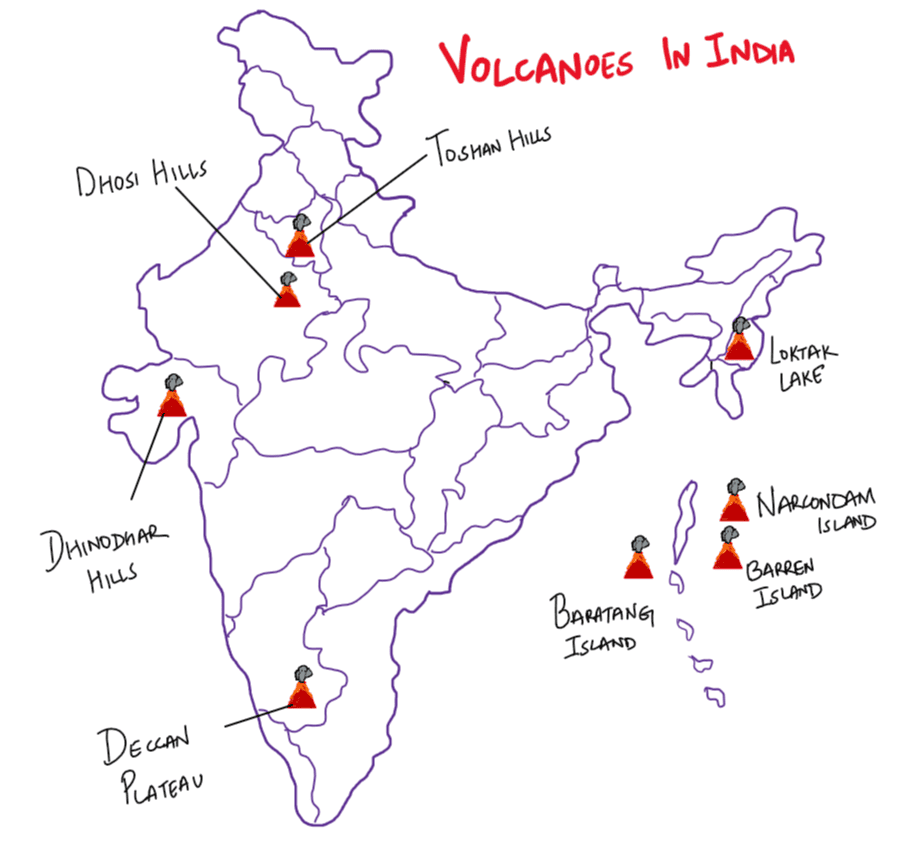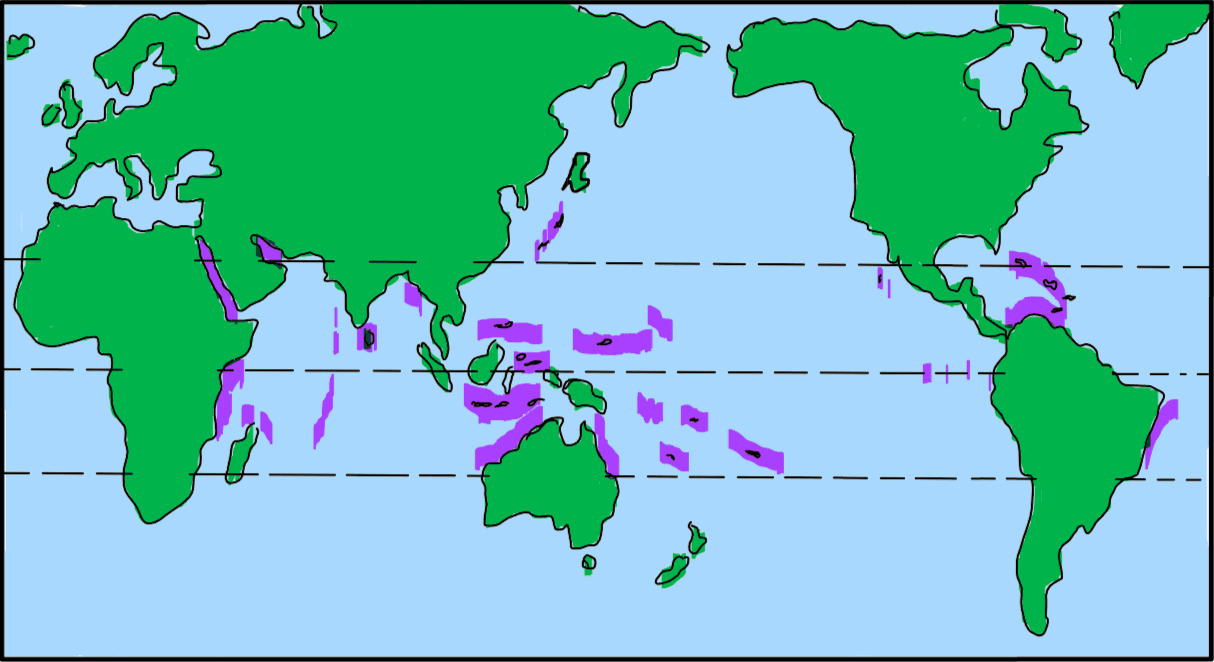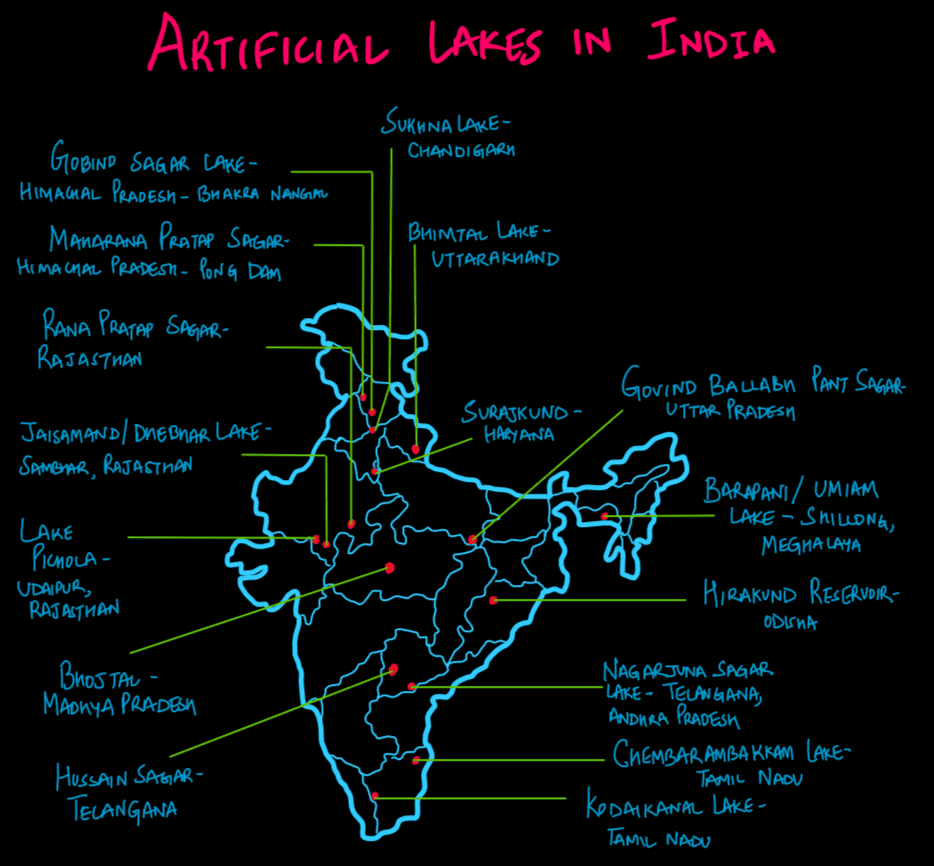UPSC Prelims 2018 Analysis
Subject wise MCQ distribution
- Economy (20 Questions): The highest weightage in the paper, covering macroeconomic indicators, policies, and economic development themes. Analytical abilities were essential to interpret trends.
- Environment & Ecology (15 Questions): A significant presence, likely reflecting UPSC’s increasing focus on climate change, biodiversity, and sustainable development. Maps were useful in location-based questions.
- Indian Polity (15 Questions): A core subject, testing governance, constitutional provisions, and landmark judgments. Many questions followed an assertion-reasoning pattern.
- Modern History (13 Questions): A relatively high emphasis on the freedom struggle, key personalities, and movements.
- Science & Technology (12 Questions): Covered advancements in AI, biotechnology, and space technology, requiring both static and current knowledge.
- Art & Culture (7 Questions): More weightage than in some later years, indicating an expectation for deeper knowledge of cultural heritage.
- International Relations (7 Questions): Focused on global organizations, treaties, and India's foreign policy.
- Medieval History (1 Question): Minimal representation, following the usual trend of fewer medieval history questions.
- Geography (Indian Geography: 4, Physical Geography: 2, World Geography: 0): The focus was on Indian geography, with limited physical geography and no direct world geography questions.

Difficulty analysis
- Medium Difficulty (50 Questions): The largest segment, requiring a balance of factual knowledge and application skills.
- Hard Questions (29 Questions): A significant portion of the paper, making elimination techniques and conceptual clarity essential.
- Easy Questions (21 Questions): Fewer than in later years, indicating a relatively tougher paper.
The 2018 Prelims had tougher questions than before, which made them hard to solve. This is reflected in the final cut-off, which was only 98 marks.

Variations in Question framing
Multi-Statement Questions (58%):
- The most common type, requiring elimination techniques and conceptual clarity.
- Particularly prevalent in Polity, Economy, and Environment sections.
- Many followed match the following and assertion-reasoning formats.
Direct Questions (42%):
- Straightforward factual questions, especially in History and Geography.
- Easier to score but required precise knowledge.

Current Affairs vs. Static Questions
- Current Affairs-Based (44 Questions): UPSC maintained a strong current affairs focus, particularly in Economy, Science & Technology, and International Relations.
- Static (56 Questions): A balanced approach, with a considerable portion testing foundational knowledge, often derived from NCERT books.
Key learning for Future Preparation
- Strengthen Economy and Polity: These subjects consistently hold high weightage and require an in-depth understanding of fundamental concepts.
- Master Multi-Statement Questions: Since a majority of questions require elimination skills, practice structured reasoning techniques.
- Balance Static and Current Affairs: While static knowledge remains crucial, integrating dynamic current developments is essential for scoring well.
- Prepare for Moderate to Hard Questions: The paper had a higher proportion of challenging questions, so aspirants should refine their approach to conceptual application and strategic guessing.
- History and Culture Awareness: Despite variations in different years, Art & Culture and Modern History continue to hold importance, making them key focus areas.
Subject-Wise Answer Key
QUESTION 1
Medium
Physical Geography
Prelims 2018
Consider the following statements:
- The Earth's magnetic field has reversed every few hundred thousand years.
- When the Earth was created more than 4000 million years ago, there was 54% oxygen and no carbon dioxide.
- When living organisms originated, they modified the early atmosphere of the Earth.
Which of the statements given above is/are correct?
A. 1 only
B. 2 and 3 only
C. 1 and 3 only
D. 1, 2 and 3
QUESTION 2
Medium
Indian Geography
Prelims 2018
Among the following cities, which one lies on a longitude closest to that of Delhi?
A. Bengaluru
B. Hyderabad
C. Nagpur
D. Pune
QUESTION 3
Medium
Indian Geography
Prelims 2018
Consider the following statements:
- The Barren Island volcano is an active volcano located in the Indian territory.
- Barren Island lies about 140 km east of Great Nicobar.
- The last time the Barren Island volcano erupted was in 1991 and it has remained inactive since then.
Which of the statements given above is/are correct?
A. 1 and 3 only
B. 2 and 3
C. 3 only
D. 1 only
QUESTION 4
Medium
Physical Geography
Prelims 2018
Consider the following statements -
- Most of the world's coral reefs are in tropical waters.
- More than one-third of the world's coral reefs are located in the territories of Australia, Indonesia and the Philippines.
- Coral reefs host far more number of animal phyla than those hosted by tropical rainforests.
Which of the statements given above is/are correct?
A. 1 and 2 only
B. 3 only
C. 1and 3 only
D. 1, 2 and 3
QUESTION 5
Hard
Indian Geography
Prelims 2018
Consider the following statements:
- In India, State Governments do not have the power to auction non-coal mines.
- Andhra Pradesh and Jharkhand do not have gold mines.
- Rajasthan has iron ore mines.
Which of the statements given above is/are correct?
A. 1 and 2
B. 2 only
C. 3 only
D. 1 and 3
QUESTION 6
Medium
Indian Geography
Prelims 2018
Which one of the following is an artificial lake?
A. Kodaikanal Tamil Nadu
B. Kolleru Andhra Pradesh
C. Nainital Uttarakhand
D. Renuka Himachal Pradesh




